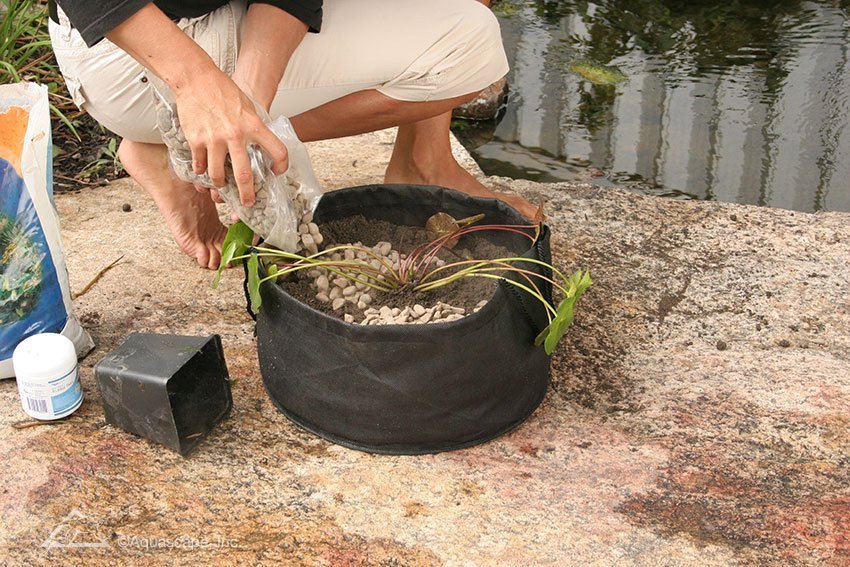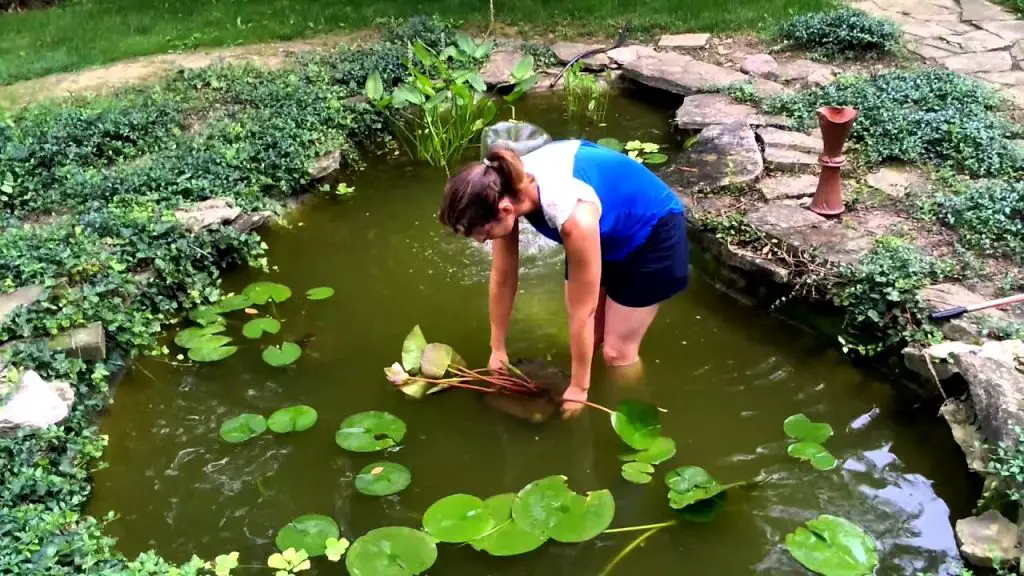Water lilies are beautiful aquatic plants that can enhance the beauty of any pond. Their elegant blooms and lush foliage add a touch of tranquility and elegance to the water garden. If you’re looking to add water lilies to your pond, here’s a comprehensive guide on how to grow them successfully.
Choosing the Right Water Lily
Before you start growing water lilies in your pond, it’s essential to choose the right variety for your specific conditions. There are two main types of water lilies: hardy water lilies and tropical water lilies.
Hardy water lilies are more cold-tolerant and can survive in cooler climates, while tropical water lilies thrive in warm water conditions. Consider the climate and water temperature of your region before selecting the type of water lily to grow.

Credit: www.aquascapeconstruction.com
Planting Water Lilies
When planting water lilies in a pond, it’s crucial to create the right growing conditions for them to thrive. Here are the steps to plant water lilies successfully:
- Choose a planting container: Select a wide, shallow container with no holes to plant your water lily.
- Fill the container with soil: Use a heavy clay loam soil or a specialized aquatic planting mix to fill the container.
- Plant the water lily: Gently place the water lily tuber on the soil surface and cover the roots with soil, leaving the crown exposed.
- Submerge the container: Lower the planting container into the pond at the desired depth, ensuring the leaves float on the water’s surface.
- Position the water lily: Place the water lily in a sunny spot in the pond to ensure it receives adequate sunlight for blooming.

Credit: www.youtube.com
Caring for Water Lilies
Once you’ve planted your water lilies, proper care is essential to help them thrive and bloom abundantly. Here are some essential tips for caring for water lilies:
- Fertilize regularly: Use a slow-release aquatic fertilizer to promote healthy growth and blooming.
- Prune dead leaves: Remove any dead or decaying leaves from the water lily plant to prevent rot and disease.
- Control pests: Keep an eye out for pests like aphids or snails and take appropriate measures to control them.
- Divide overcrowded plants: If your water lilies become overcrowded, divide them every few years to ensure healthy growth.
- Protect from extreme temperatures: Provide shade during hot summer days and protect from frost during winter to prevent damage.
Benefits of Growing Water Lilies
Growing water lilies in your pond not only adds aesthetic beauty but also offers several benefits to the ecosystem. Here are some advantages of growing water lilies:
- Improves water quality: Water lilies help filter out pollutants and excess nutrients from the water, improving water quality.
- Provides habitat: Water lilies create a habitat for fish, frogs, and other aquatic creatures, enhancing biodiversity in the pond.
- Reduces algae growth: The shade provided by water lilies helps reduce algae growth by limiting sunlight penetration into the water.
- Enhances relaxation: The serene beauty of water lilies adds a calming effect, promoting relaxation and stress relief.
Common Water Lily Growing Problems
While water lilies are relatively easy to grow, they may face certain challenges that can affect their health and blooming. Here are some common problems encountered when growing water lilies:
- Insufficient sunlight: Lack of sunlight can hinder blooming and weaken the plant. Ensure your water lilies receive at least 6 hours of sunlight daily.
- Overcrowding: Overcrowded water lilies can lead to stunted growth and fewer blooms. Divide the plants if they become overcrowded.
- Nutrient deficiency: Inadequate nutrients in the water can cause yellowing leaves and poor blooming. Fertilize regularly to provide essential nutrients.
- Pest infestations: Pests like aphids, snails, or fungal infections can damage water lilies. Monitor your plants regularly and take prompt action if pests are detected.
Conclusion
Growing water lilies in a pond can be a rewarding experience that adds natural beauty and serenity to your outdoor space. By choosing the right variety, planting correctly, and providing proper care, you can enjoy the graceful blooms of water lilies throughout the growing season.
Remember to monitor your water lilies regularly, address any issues promptly, and enjoy the therapeutic benefits of tending to these exquisite aquatic plants in your pond.


